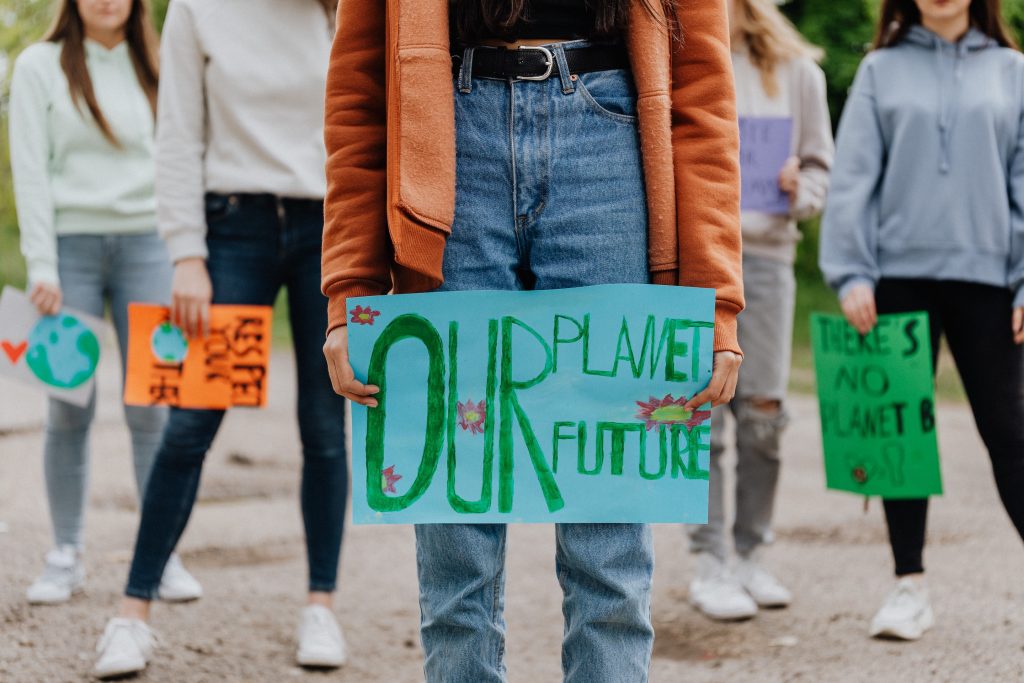Education Leaders on Teaching Climate Change

Educators are ready to talk about climate change in the classroom.
The K-12 education system is answering the call to do more about teaching environmental issues. However, many education leaders say the challenge for them is a lack of clear understanding about the realities of climate change and how to fit the topic into coursework and activities.
Ready to Take Action
According to the results of two recent NPR/Ipsos polls, parents (80 percent) and teachers (86 percent) want climate change to be taught in schools. However, only 45 percent of parents and 42 percent of teachers actually teach or discuss climate change with children.
There is a growing movement in the education sector to improve climate literacy. Educators view it as an opportunity to help students navigate the sometimes-harsh realities of the environmental crisis and better manage “eco-anxiety” or climate change distress. Some are expressing guilt about not doing enough thus far.
Many agree, however, that teaching climate change can be complicated and also requires the support of community, school district, and education leaders. Ten Strands, a California-based nonprofit focused on raising environmental literacy of K-12 students, collaborates with educators, governmental groups, funders, and community members to provide teachers with access to environment-based instructional materials. The nonprofit’s efforts are an example of how successful implementation of environmental education requires action by many contributors. Teachers should understand they are not alone when it comes to figuring out how to teach environmental issues and look for the resources they need.
Why Teachers Don’t Teach Climate Change
Much of the climate crisis and issues surrounding it can be overwhelming. Often, the teachers themselves need to be educated about it. They simply do not know enough about climate change, have the resources to teach it, or they lack certainty on how to incorporate it into the subjects they do teach. For example, how can the topic be integrated into history, math, or science lessons?
The top reason many teachers (65 percent) said they do not teach about climate change is because it’s not related to the subject(s) they teach. Other reasons include that they think their students are too young or the teachers don’t have the materials needed to teach the subject. Meanwhile, some teachers simply do not believe in climate change or their school does not allow them to teach it.
To meet these challenges, education and environmental groups offer recommendations for those who do want to teach about climate change and the environment. They recommend teachers use the environment as a context for learning in core subjects, including social studies, science, math, and language arts. Here are some of the ways they can do it:
- Hands-on activities that show students how global warming and the greenhouse effect happens.
- Show movies that depict climate change and environmental issues. Common Sense Media (www.commonsensemedia.org) offers a list of kid-friendly movies that teach climate change and can inspire students to think about the Earth in different ways.
- A reading assignment. Just as there are many films that delve into climate change, there are several books about nature and the environment that are appropriate for all ages.
- A writing assignment. For example, assign students to create a fictional story about the effects of global warming and climate change.
- Develop a game designed to help students learn more about the environment or climate change.
- An art assignment that allows students to create a drawing, display, or collage about an environmental issue.
Empower Students to Change the WorldAs an educator, you can broaden students’ view of the world around them. The William Woods University Online Education Specialist (Ed.S.) in Curriculum Leadership prepares educators to respond to the changing educational landscape. This convenient online graduate degree program provides the tools needed to make a positive impact on student learning and achievement.

